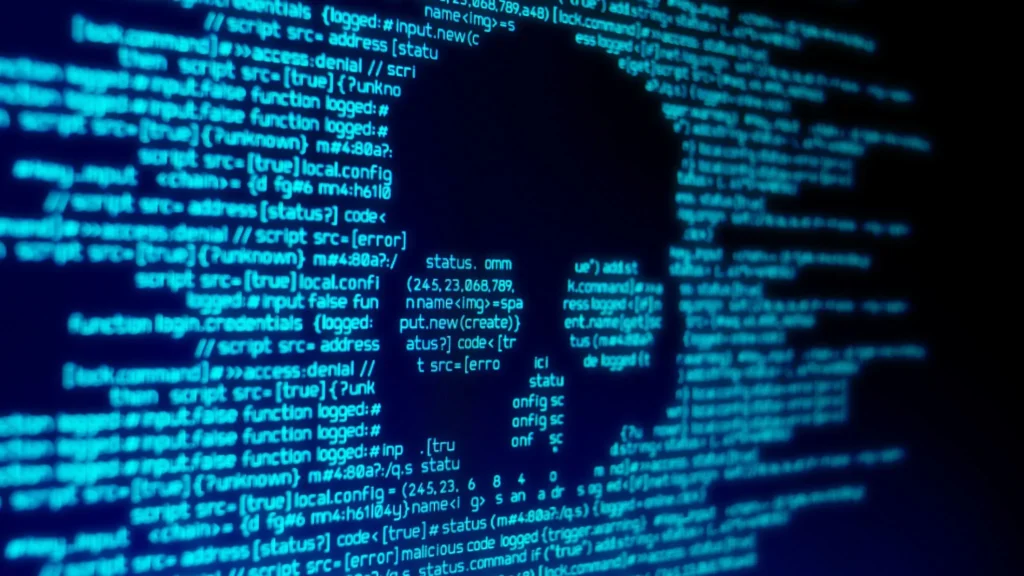In today’s globalized world, technology propels modern-day businesses driving efficiency, innovation, and global reach. Yet, with the rise of these new technologies comes a new conflict: the ever-evolving landscape of cyber threats. Cyberattacks can disrupt operations, tarnish reputations, and inflict severe financial losses.
The High Stakes of Business Operations
From managing critical data and serving customers to conducting financial transactions and collaborating with partners, nearly every aspect of modern business is intertwined with technology. This interdependence on technology brings unprecedented efficiency but also exposes organizations to an array of vulnerabilities and threats.
Real-World Impact: Cyberattacks on Business Operations

Source: anetworks.com
The real-world impact of cyberattacks on business operations is significant and wide-spread. Let’s examine a few notable examples:
- NotPetya: In 2017, the NotPetya ransomware attack crippled global corporations, including shipping giant Maersk. The attack disrupted shipping operations, costing Maersk an estimated $300 million in lost revenue and recovery expenses.
- Equifax Data Breach: The 2017 Equifax data breach exposed the sensitive personal information of 143 million people. The breach resulted in a $700 million settlement and damaged the company’s reputation significantly.
- SolarWinds Hack: In 2020, the SolarWinds cyberattack compromised numerous organizations, including government agencies and major corporations. The attack had far-reaching implications, affecting national security and corporate operations.
Mitigating Risks: Strategies for Business Resilience
Businesses must adopt a proactive approach to mitigate cybersecurity risks and ensure operational resilience. Here are essential strategies to consider:
- Comprehensive Security Awareness Training: Equip employees with the knowledge and skills to recognize and respond to cyber threats effectively. An educated workforce is a critical line of defense against phishing attacks and other threats.
- Robust Endpoint Security: Deploy advanced endpoint protection solutions to safeguard all devices connected to the organization’s network. These solutions provide real-time threat detection and prevention.
- Regular Software Patching: Keep software, operating systems, and applications up to date with the latest security patches. Many cyberattacks exploit known vulnerabilities that can be easily patched with updates.
- Network Security: Implement robust network security measures, including firewalls, intrusion detection systems, and strong access controls to safeguard against unauthorized access.
- Data Encryption: Encrypt sensitive data both at rest and in transit to protect it from interception or unauthorized access.
File Sharing: A Cornerstone of Secure Operations

Source: ncsc.gov.uk
File collaboration enables teams to collaborate seamlessly while ensuring the confidentiality and integrity of sensitive data.
- Access Controls: File collaboration solutions allow organizations to set precise access controls, ensuring that only authorized personnel can access, edit, or share critical documents and data. This feature minimizes the risk of data leaks and unauthorized access.
- Data Encryption: Collaboration tools often employ robust encryption mechanisms to protect files and data shared within the platform. This encryption ensures that even if files are intercepted during transit or compromised in storage, they remain unreadable to unauthorized parties.
- Version Control: Collaboration platforms typically incorporate version control features, which track changes to documents and allow for easy retrieval of previous versions. This ensures data integrity and provides a safety net in case of accidental alterations or cyberattacks.
- Audit Trails: Collaboration solutions maintain detailed audit trails that track who accessed, modified, or shared files. These audit trails enhance accountability and transparency, enabling organizations to trace the history of file interactions.
- Secure Sharing: Collaboration platforms provide secure sharing options, including password protection, time-limited access, and the ability to revoke access to shared files. These features ensure that files are shared securely and only with intended recipients.
Wrapping Things Up
In an era where businesses rely heavily on technology for all their operations, technology security is the guardian of business continuity and financial stability. Cyber threats are a formidable adversary, capable of causing severe disruptions, reputational damage, and financial losses. However, with proactive security strategies and the adoption of modern security tools and practices, businesses can safeguard their bottom line and ensure uninterrupted productivity.
By implementing secure file sharing practices and solutions, organizations can strike a balance between productivity and security, fostering a culture of collaboration while minimizing the risk of data breaches and cyberattacks. In this era, technology security is not merely a safeguard; it is the bottom line protector that ensures the resilience and success of businesses in an ever-evolving threat landscape.



